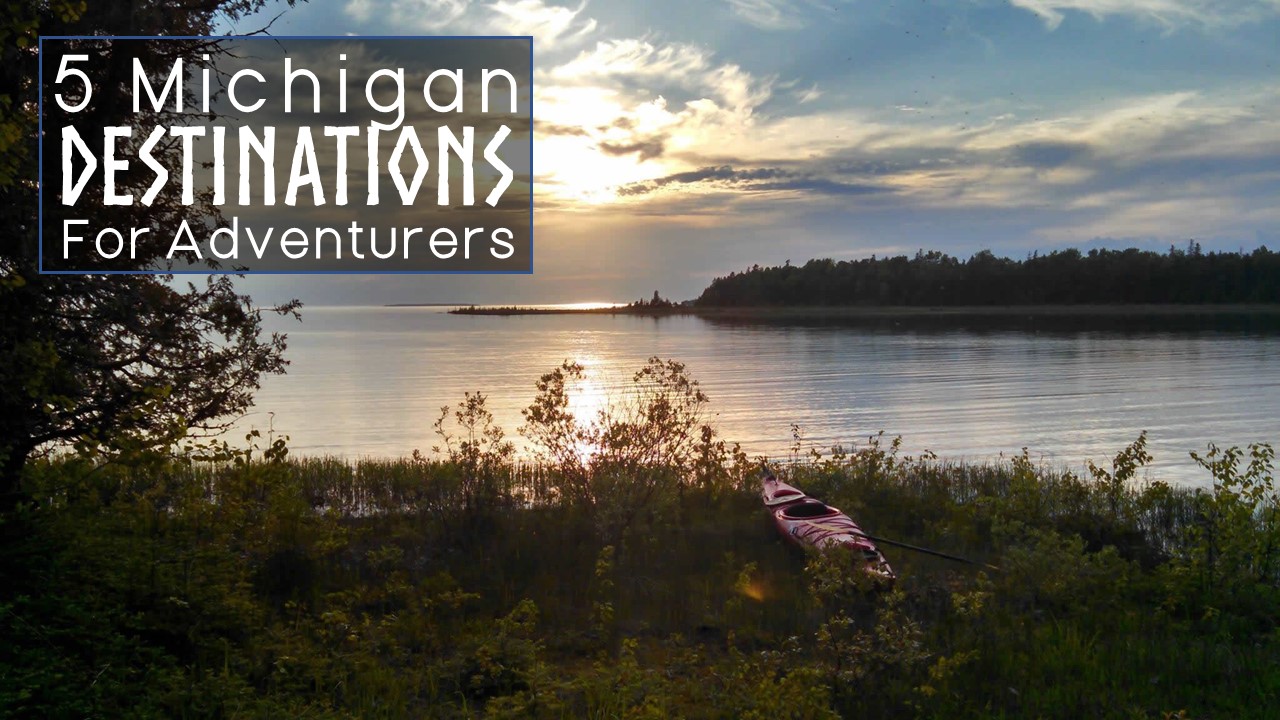
Michigan has some unique destinations. Lately, the state has been ranked in a number of “top 10 lists” for places like Pictured Rocks, Sleeping Bear and Isle Royale. They are worth visiting.
But don’t limit yourself to the same tired and busy places. Seriously, this state has so much more to offer than crowded national lakeshores and state parks. Really. These places are real adventures. Sometimes just “getting there” is a “life experience”. They are unexpected. Lifelong residents often tell me that they “never heard of <insert one of the places in this article>”. Some experienced adventurers will say “I didn’t know you could do that”. Well, I am here to tell you that you can and should do them.
Why?
Well, for starters – you won’t be one of tens of thousands of visitors to the places that have become “very” busy. So busy, that just finding a campsite for the summer is difficult or almost impossible these days. So busy that many of the popular “backcountry” spots are now limiting access through permits (or are threatening to). So busy that many visitors are finding it hard to enjoy their visit.
You’ll be an adventurer and not a tourist. These places require a little knowledge and skill. You may have to think “out of the box” and open a grand world of adventure. Many readers will have to get out of that “proverbial” comfort zone in favor of living a little. You will embark on an adventure so rare, that you most likely won’t see another soul.
These places are unique. For many readers, they might be a “once in a lifetime” trip. They are off the beaten path. Some destinations may be very familiar, but you can visit them in a unique and exhilarating way. They have a rich history. In short, they are much more adventurous than a stroll along sand dunes with hundreds of other people.
Of course, you could argue that by publishing this list, these places will become overcrowded too. Meh, I doubt it. These places will take a little effort, a little planning and maybe a little learning (not the kind you can find on Youtube either). In my experience, that will prevent a lot of people from going.
With that said, I give you the “5 Michigan – hard to get to, awesome, not-for-everybody – Destinations for Adventurers”. (Or something like that.)
Scott Quarry
1. Scott Quarry
UTM Coordinates: 16T 667052E 5116154N
Adventure Type: Climbing, Ropework, Campsite, Hiking
OK. . . So Scott Quarry isn’t really hard to get to nor is it life changing. This one is accessible to everyone. It is one of the few places where you still have some flexibility to disperse camp (in a quarry). You can climb or rappel without much of a crowd. It is normally a quiet spot where occasional “sound research” takes place. If you find microphones set up – don’t disturb them. They are studying bird calls, etc.
Scott Quarry (or Scott’s Quarry) is near Trout Lake in the eastern UP, it is only a short drive northwest of the Mackinac Bridge and within the boundary of the Hiawatha National Forest. The quarry can entertain climbers, campfire enthusiasts and makes an especially interesting campsite. A sturdy vehicle with decent ground clearance will make the drive into the quarry. The hard floor of this landmark makes a solid camp base without making an impact on the environment.
Nearby is the North Country Trail and a few other (virtually unused) climbing and rappelling features. The climbing features are NOT “epic” by any means, but they are a good place to train and practice. Trails twist through the area for those who like to overland, bike or just explore. While there are lots of climbing areas/cliffs/mines and quarries west of here, this one is unexpected.
The quarry, long silent, was operated sometime in the 1920’s by the Scott Quarry Company. Today, it entertains locals, adventurous types and a few climbing classes. The 70-80-foot limestone walls are loose and not “ideal” for climbing, but they can be used for such activities.
Remember, clean up after yourself, be respectful and be careful.
Notes About Going: The roads to the quarry can be rough and a little confusing. The trails leading to the top of the quarry can pose some hazards near the edge. Spend some time with a topo map/sat views/etc to find nearby climbing/rappelling areas, trails and more. (Caltopo.com is an excellent online map resource with various layers to use for research & planning). A particularly long ridge runs along the North Country Trail, just a few miles away. Otherwise, this one is pretty easy.
Kayak the
Sault Locks
2. Kayak the Soo Locks
UTM Coordinates: 16T 703156E 5154447N
Adventure Type: Maritime (Kayak or other vessel)
“VDX 23, Canadian Locks, this is the Kayak Pathfinder, requesting downbound lock-thru.”
“Calling Station this is VDX 23. We have upbound traffic, we can take you in 10 minutes.”
That is how it starts, with a call to the lock master on your handheld marine radio – Channel 14. When downbound, you wait at the “Blue Zone” on the north side of the canal. You watch the gates open, the boat traffic leave, then the light turns green.
Just paddle into the lock, put a rope around the cable, chat with the lock worker and you sink about 21 feet from Lake Superior’s Level down to Lake Huron’s level. The gates open, then you paddle out.
You can explore the St. Mary’s River and paddle back through, or you can continue down the St. Mary’s River over the next couple of days. If you do paddle down the river, be sure to check out the “rock cut” near Neebish Island and spend a night on Lime Island in a cabin or on a camping platform.
It was the longest lock in the world when it was built in 1895. It was also the first lock to operate using electricity. Today the Canadian canal is smaller than the historic lock and used by recreational craft and boat tours. It is open daily from May 15 to October 15. There are no Fees.
Notes About Going: If you are a US Citizen, don’t land on Canadian soil unless you clear customs. Same for Canadians (in reverse). Basically, if you launch from the United States, you should land back on the United States.
There are a number of options for launching. An easy option, from Michigan, is to launch from the Ashmun Bay boat launch – 16T 0701428E 5152809N. This launch is close to the locks. You will have to cross shipping lanes. Waters can get rough in this area and you should be an experienced paddler with all the safety equipment. A PFD, proper clothing, marine radio and other safety equipment should be a requirement for this trip.
Currents at the entrance of hydro dam canals are very swift. Stay clear of buoys and lines marking these areas. A kayaker is no match for those currents.
If you see a freighter approaching when you are paddling, keep in mind, they tend to move faster than you think. Give yourself plenty of time. You may want to be conservative and wait. After all, you will get a nice view of a passing freighter.
This is a Park’s Canada park. They have a great description on “Locking thru” on their website.
You can do all of this in a larger boat too. It is almost as fun.
Garden Island
3. Garden Island
UTM Coordinates: 16T 617716E 5070790N
Adventure Type: Maritime & Hiking
Just a mile and a half north of Beaver Island is a sleepy refuge called Garden Island. You can start your journey from Charlevoix, Michigan with the Beaver Island Boat Company. In 2019, it was about $33 to take the ferry to Beaver Island – one way. $25 each way for a kayak.
After arriving on Beaver Island, you can unload your kayak and paddle (if you are experienced on open water) to Northcutt Bay of Garden Island. If you aren’t a kayaker, you can get a charter from the Beaver Island over to Garden Island. If you take a sailboat to Beaver, you can sail over to “Garden Island Harbor” where you can anchor for the night.
You can camp pretty much anywhere if you follow all State Land Rules, which includes posting that silly Camp Registration Card (PR 4134) at your campsite. Although, the island is so remote that enforcement is probably only done when the DNR visits the island for other reasons. But, follow the rules.
There are NO FACILITIES on the island, you are on your own. There is a Michigan DNR research cabin near Garden Island Harbor that also serves as a hunting cabin and an emergency shelter for stranded persons. On the northern end, a small camp (formally the cabin of the last island resident Keewaydinoquay Peschel.) serves a non-profit group that claims to do research from the location. They also help to maintain the trails along with the help of other groups. Occasionally, you will find a map and sign post outlining the island’s trails, made and posted by the Boy Scouts. The trails can get rough but most of them are very passable.
A native burial ground is also on the island with an estimated 3,500 burials – most are unmarked. If you visit the grounds, please learn the Anishinaabeg traditions, offer tobacco and be respectful. (Seriously, the group that inhabits the north end for “research” will tell on you if you don’t). In any case, you should honor their deceased ancestors and their sacred ground. Garden Island is a homeland to them. If you can’t be respectful, then stay away. The burial ground and trail leading to it can be difficult to find, unless you are a decent navigator.
Some ruins of a former town called “Success, Michigan” still exists. Paradoxically, the settlement and sawmill only lasted from 1912-1913. Success, Michigan failed after they quickly cut all the old growth forests on the island.
If you land in Northcutt Bay, the coordinates above will lead you to a very rustic campsite built by locals. There is a questionable latrine, fire pit and (sometimes) a picnic table. A trail from the site leads to the island’s hiking network.
Notes About Going: The most important point is to be respectful if you visit the burial ground. Trails on the north end can get wet and are often submerged.
The crossing from Beaver Island to Garden Island can get quite rough. Only attempt in a seaworthy kayak and if you are an experienced open water paddler. As you are hiking, take some time to keep the trail clear. No group is assigned trail maintenance, so visitors, locals and occasional groups work to keep them passable.
It is asked by descendents that you carefully consider posting pictures of the burial grounds. They also ask that you be respectful when you visit the grounds.
This isn’t a tourist destination, so go prepared, have or gain the necessary knowledge and experience and have plans in case of trouble.
Poverty Island
4. Poverty Island
UTM Coordinates: 16T 526058E 5041038N
Adventure Type: Maritime & Hiking
Just over six miles south of Fairport, Michigan at the tip of the Garden Peninsula lies the 186-acre Poverty Island. It’s in the middle of a chain of islands heading south from Michigan to the tip of the Door Peninsula in Wisconsin. You can start your journey from Fairport, Michigan. It seems that Fairport Fisheries operates a small boat launch. For a nominal fee (placed in a collection box) you can launch your boat or kayak. After travelling south past Little Summer and Summer Islands, you will find Poverty Island.
At the south end of the island is the Poverty Island Lighthouse. Completed in 1875, and mostly abandoned in 1957, it has become a victim of the elements. The Poverty Island Light had it’s lens house removed in the 70s and has a spooky feel to it. According to Lighthouse Digest, it is “the most endangered lighthouse in the United States”.
It is difficult to know the “official” rules of Poverty Island. It has struggled with issues related to federal agency bureaucracy for some time (rumor has it). Apparently, the island is still owned by the Coast Guard, but the US Fish and Wildlife Service seems to also lay claim to it. Though in 2017, there was talk of transferring ownership of 2 acres to an organization with a mission to preserve the lighthouse. Rules regarding camping are pretty much unknown, though there is plenty of evidence of hunting and camping on the island.
Poverty also suffers from a variety of mysterious wildfires that will flare up for months after they were deemed “out”. To be sure, the island has a history of mystery. Recently, some researchers have speculated that the first ship EVER to sail the Great Lakes, “The Griffon”, sank just offshore. Research and investigation continues, but a sort of “Treasure Hunt” for the shipwreck has begun.
The island even has a string of dead light keepers (and wildfires that won’t die) that can allow an imaginative mind to run wild with paranormal speculation. For sure, strange things happen here.
There are a few trails and the best spot to bring a boat is on the east side of the island where two boat rails still provide evidence of where lighthouse supplies were landed on the island. This spot is located at 16T 0526553E 5041687N.
Evidence of long term visitors sometimes exists (abandoned ATVs and equipment, illegally built cabins, propane tanks, tree stands, etc). Exercise caution when visiting. Authorities rarely visit the island due to “difficulties”.
Notes About Going: Landing a boat on the south shore (where the lighthouse is) can be very tricky. Shallow water, rocks and southerly fetches of wind can make the south shore very dangerous. The best places to land will be the lee shore (that day) and especially the landing site mentioned above.
The lighthouse and surrounding structures are in bad shape and dangerous. While the tower is still in decent shape, it is supposed to be sealed. It seems locals and visitors have gained access to the top. I don’t recommend it.
The waters in this “Lost Islands Archipelago” can build some bad seas. There are many shallow spots in the area and I have experienced 10 ft seas in the area when the rest of Lake Michigan is experiencing 5 footers. If you go, choose calm days with calm waters and keep a clear eye to ensure a calm forecast.
As mentioned, official camping rules are spotty. Finding a federal authority with reliable knowledge of the camping rules is tricky. So camp at your own risk. Take the trip at your own risk. Please manage all risks. Only go with a great forecast and if you are experienced, skilled and knowledgeable. If you do go. . . soak it up – it is a pretty awesome place.
White Shoal Light
5. White Shoal Lighthouse
UTM Coordinates: 16T 0644773E 5078151N
Adventure Type: Maritime
About 20 miles west of the Mackinac Bridge is a lonely sentinel of Great Lakes shipping. It is one of the most remote places in Michigan. White Shoal Light is over six miles from the nearest shore at the tip of Wilderness Peninsula. It is just under 10 miles from the nearest road and 13 miles from the nearest boat launch.
White Shoal was completed in 1910 and is the only red and white “Barber Pole” lighthouse in the United States. (Though two black and white striped lighthouses exist.) It is one of the most iconic lighthouses in the United States. There is a replica built in Arizona and it is the lighthouse pictured on the Michigan “Save our Lights” license plate.
The lighthouse was recently purchased at a government auction for just over $110,000 by Brent Tompkins and Mike Lynch who work tirelessly to rehab the light and open it to the public. The lighthouse is currently cared for by the White Shoal Light Preservation Society (WSLPS).
In 2019, the lighthouse was opened for the first time to the public for visits, overnight stays and tours. WIth over 5,000 square feet and 11 levels, there is a lot to explore. Restoration is moving quickly with teams of volunteers sailing to and staying at the light through the summer months.
You can ride in a WSLPS boat for an overnight stay. Visiting by private boat is also possible if you make arrangements. Tours cost money and the money goes to help fund this very ambitious project. Currently, day tours are not listed on their site. You can also become involved in the restoration as a member and spend some time working on the light for a few days.
Notes about going via private boat: The White Shoal Light is fully exposed to the weather on all sides. The crib can experience long fetches of water and seas can be rough in this exposed area of Lake Michigan. If you visit by private boat, you should have great weather and hours of good forecast. You should also be very experienced on the Great Lakes and have a seaworthy boat.
If you choose to “drive up” for a tour, prior arrangements are a must. Email or FB message WSLPS to make those arrangements. If you do not make arrangements, you run the risk of NOT being able to tour the light.
Docking at the light can be difficult. You are expected to have your own fenders, protection and lines to tie up 15-20 foot of height to reach the deck. You will also have to climb a ladder 15-20 feet unprotected to reach the deck.
The closest mid-size public launch is Wilderness State Park Boat Launch on the shore of the Lower Peninsula. You can also launch from St. Ignace or Mackinac City about 23 miles away.

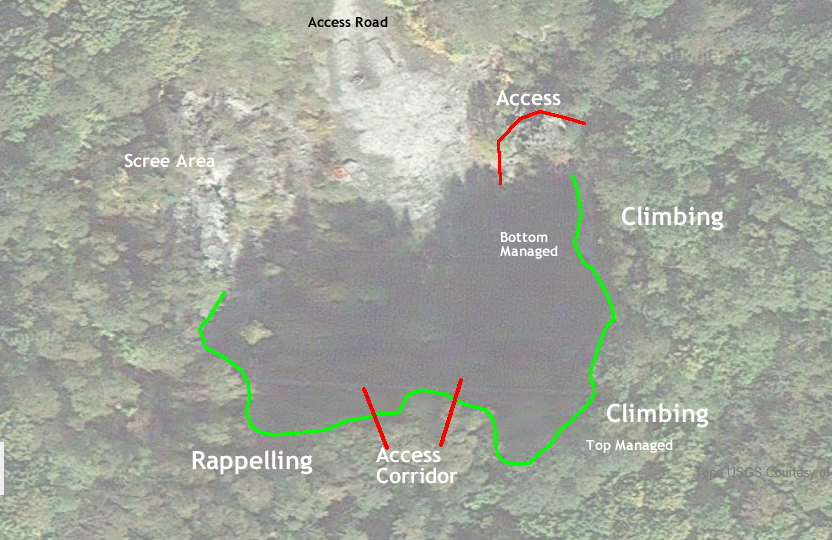
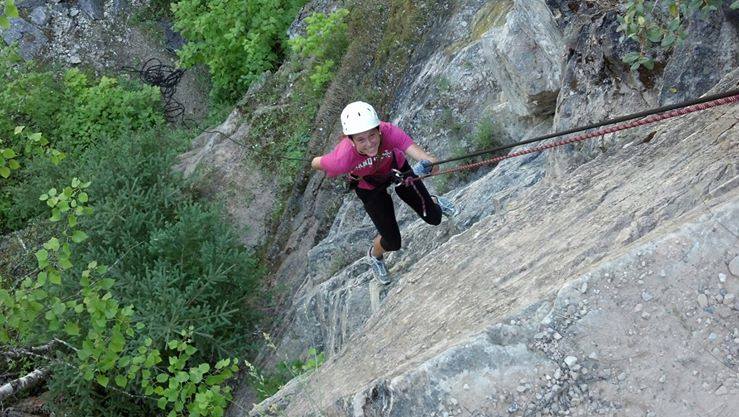
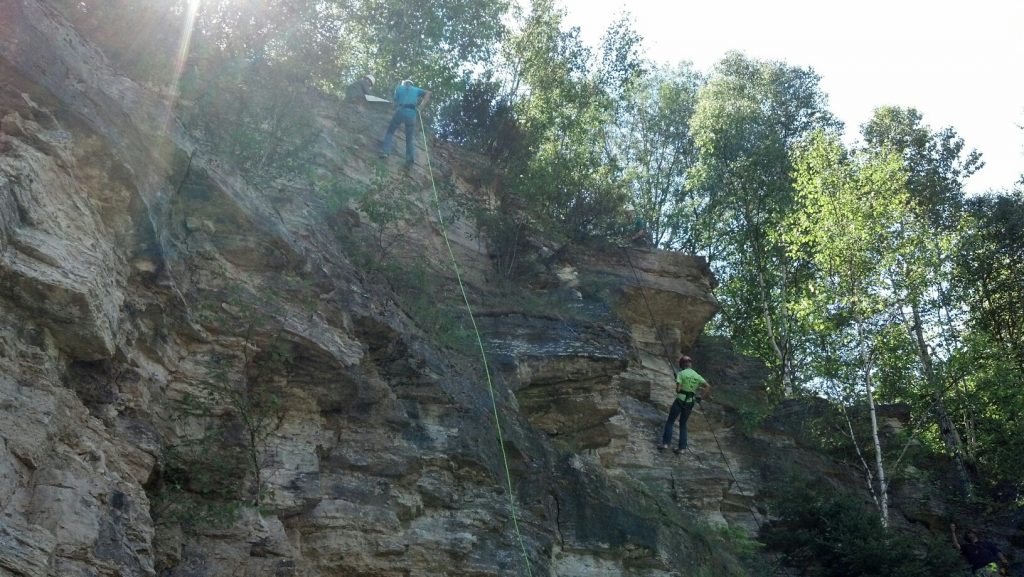
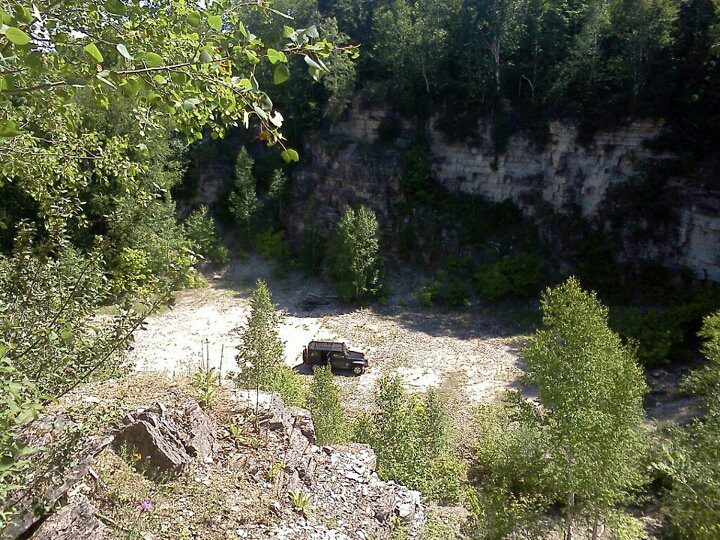
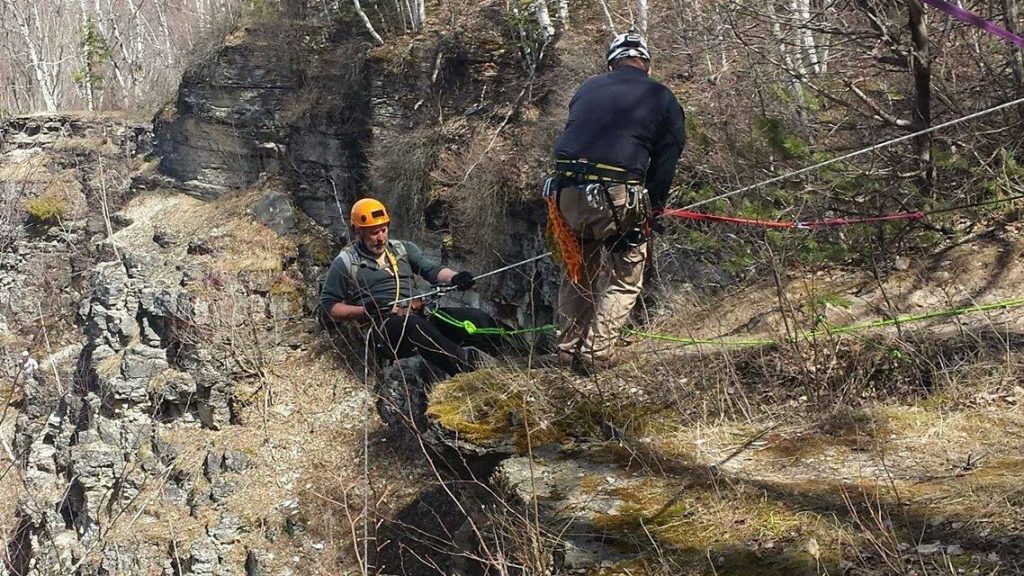
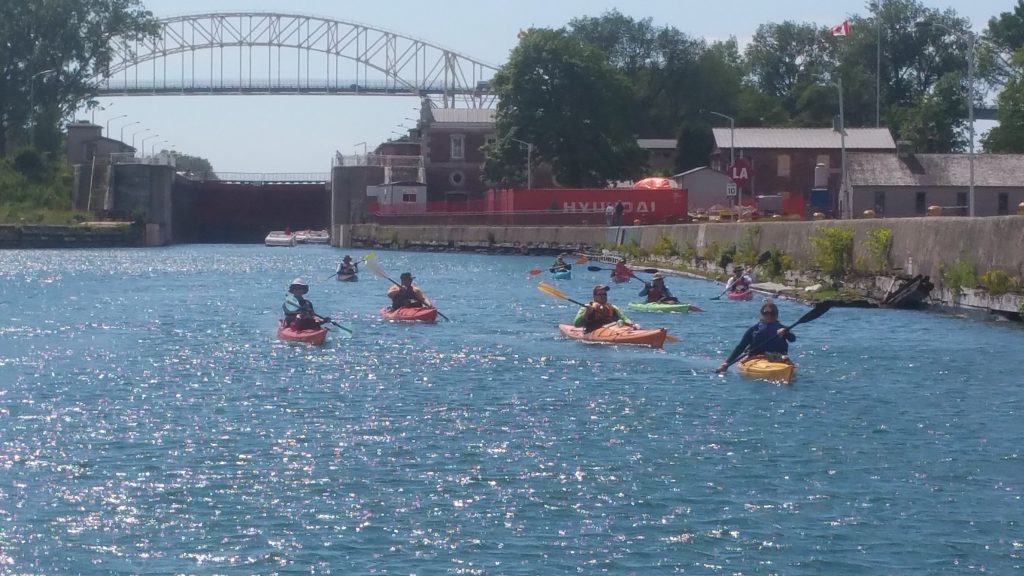
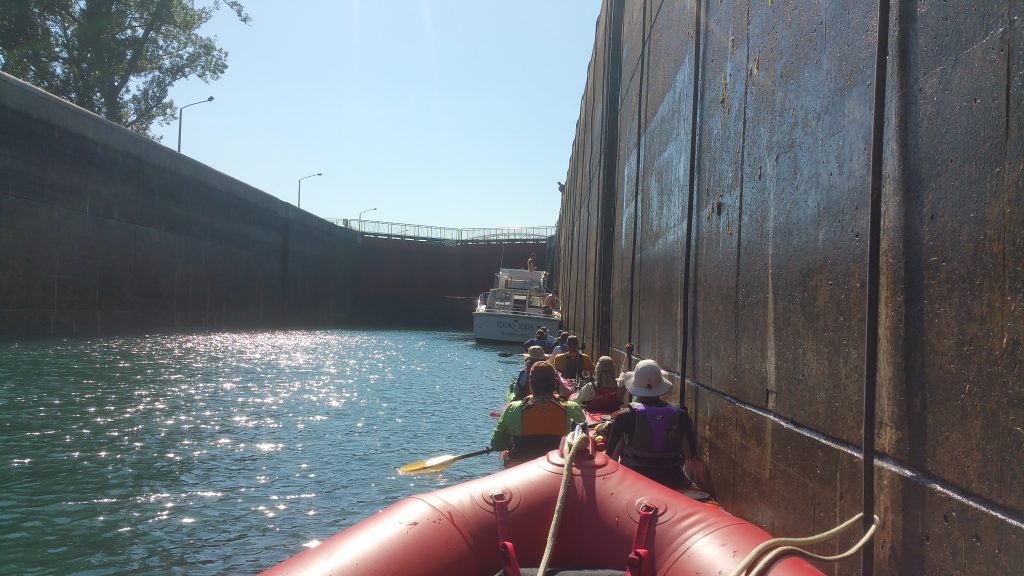
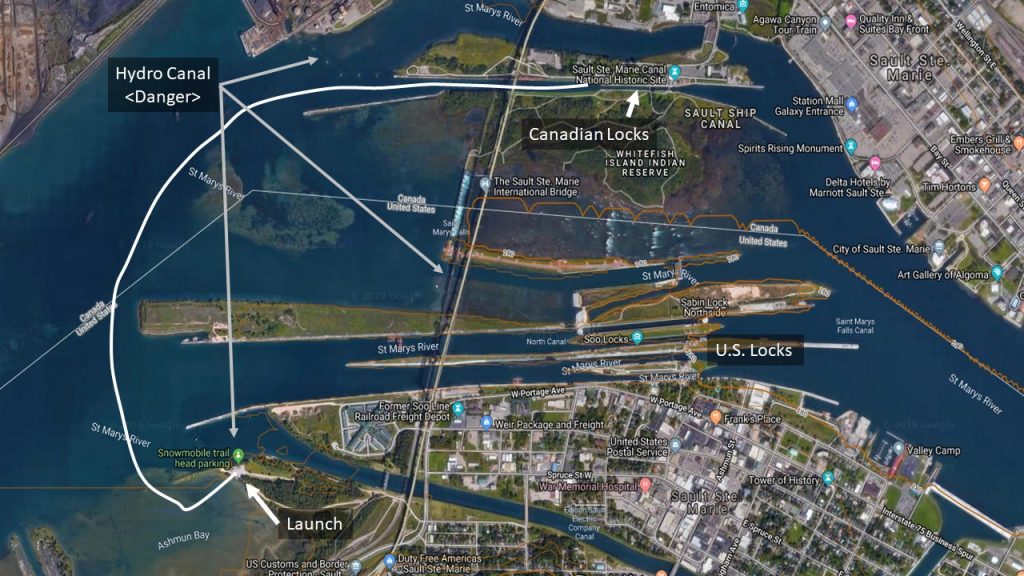
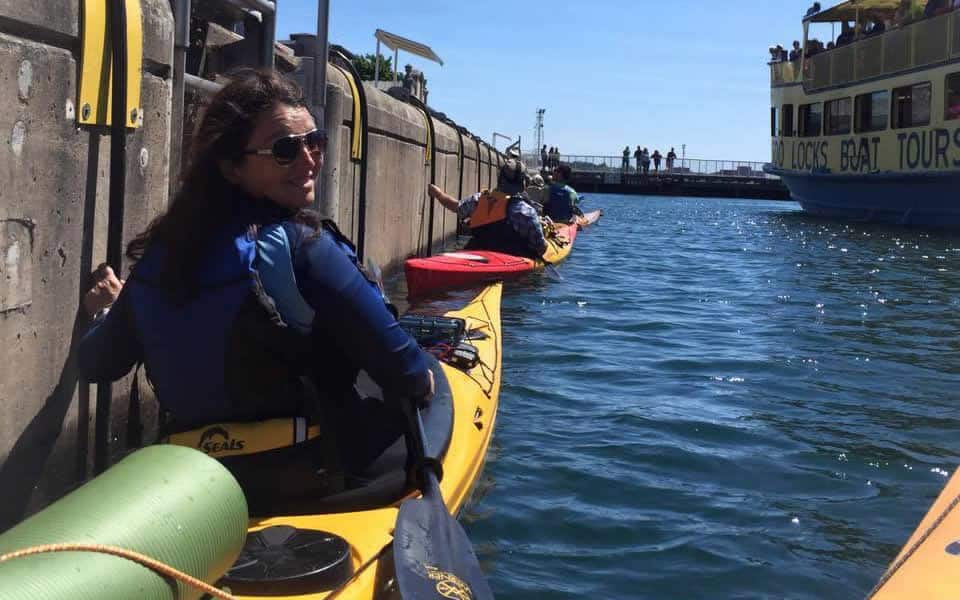


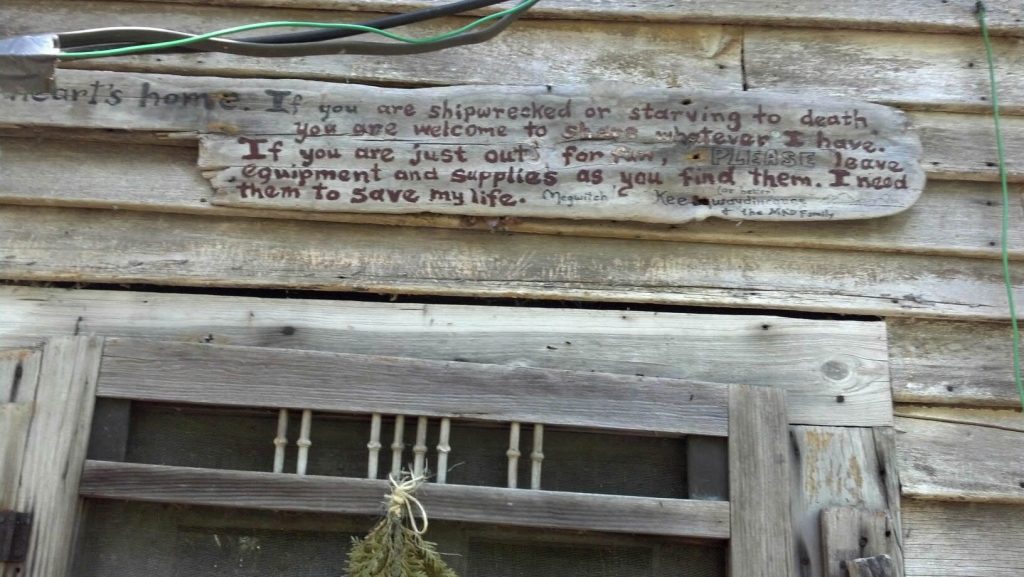

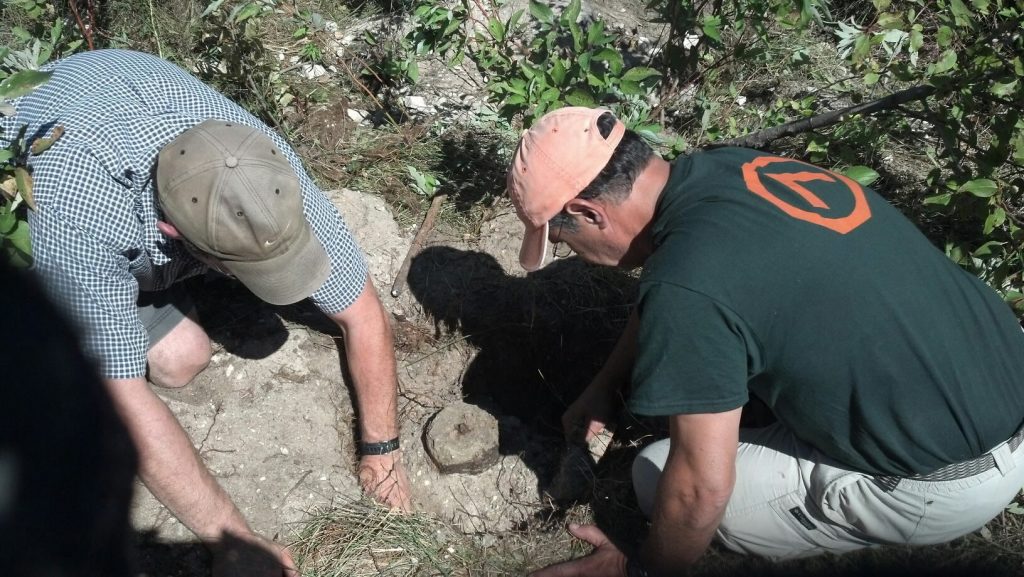
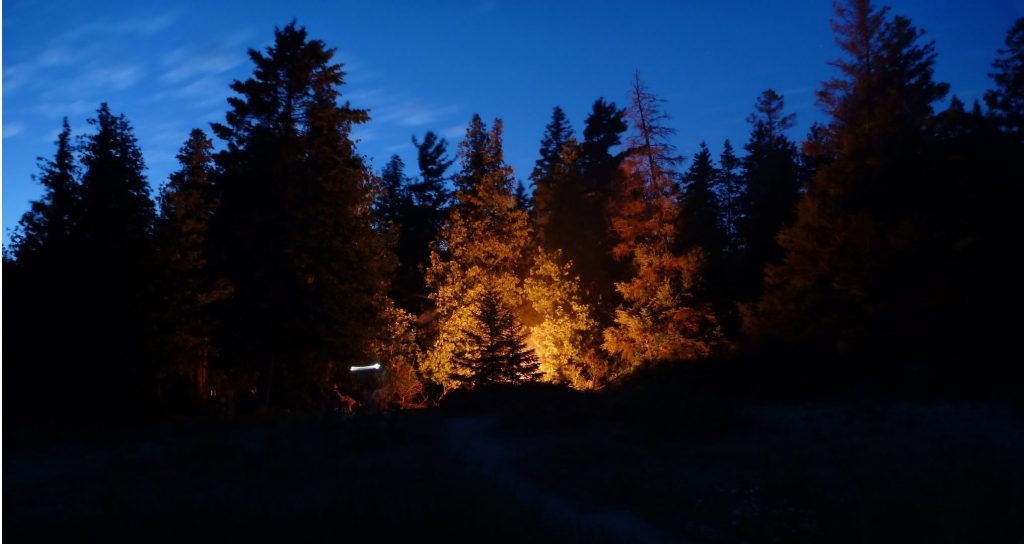
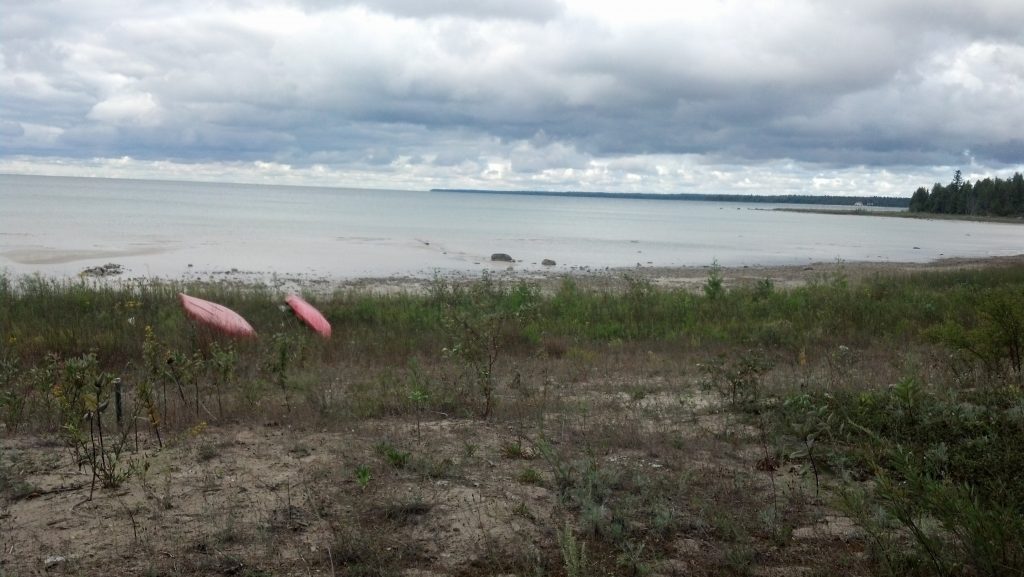


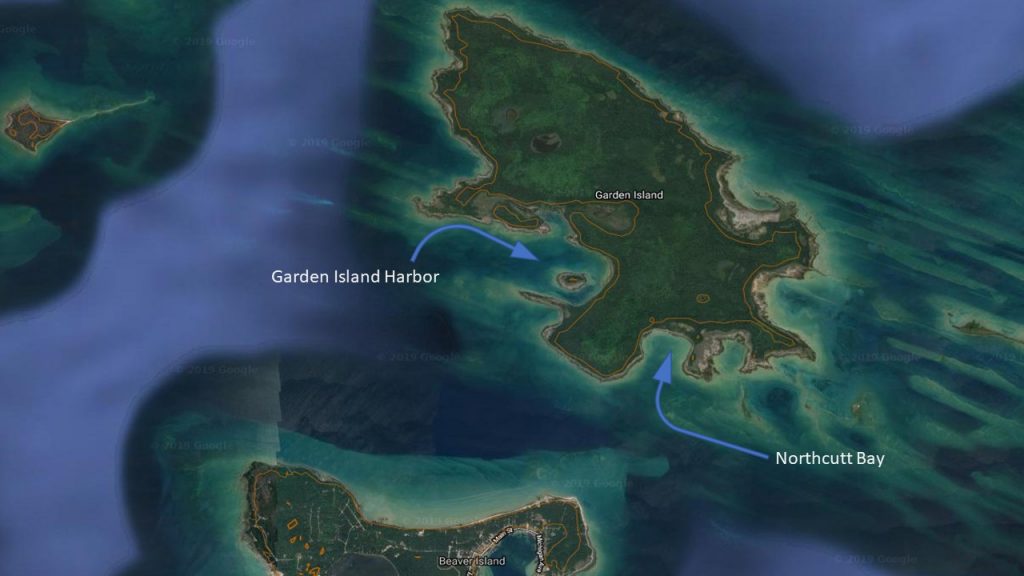
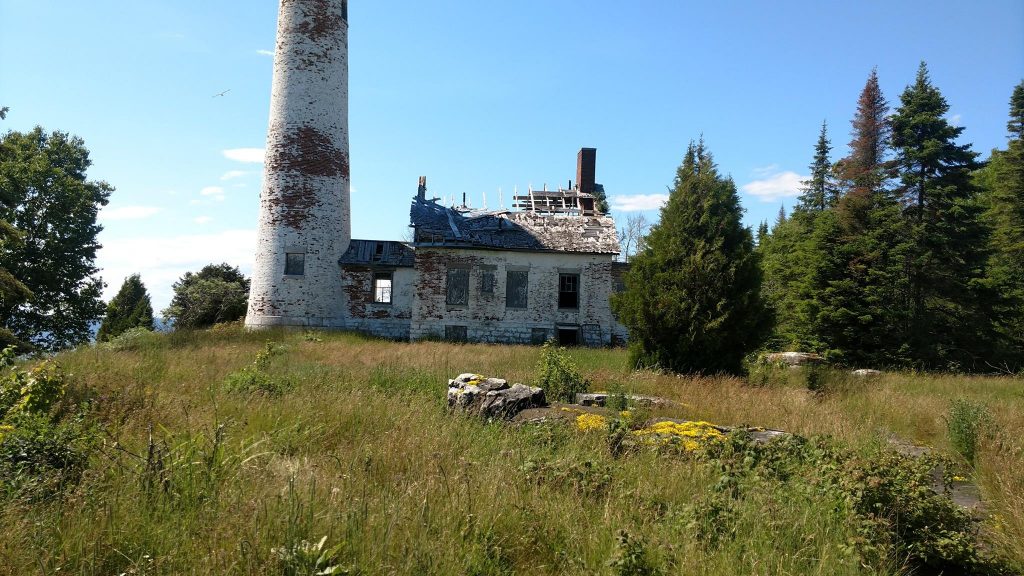
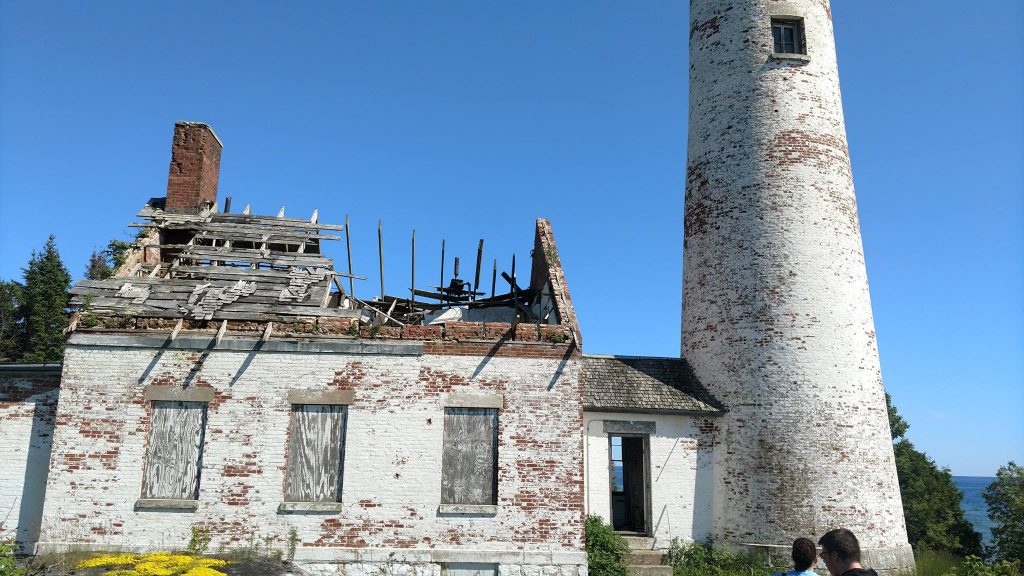
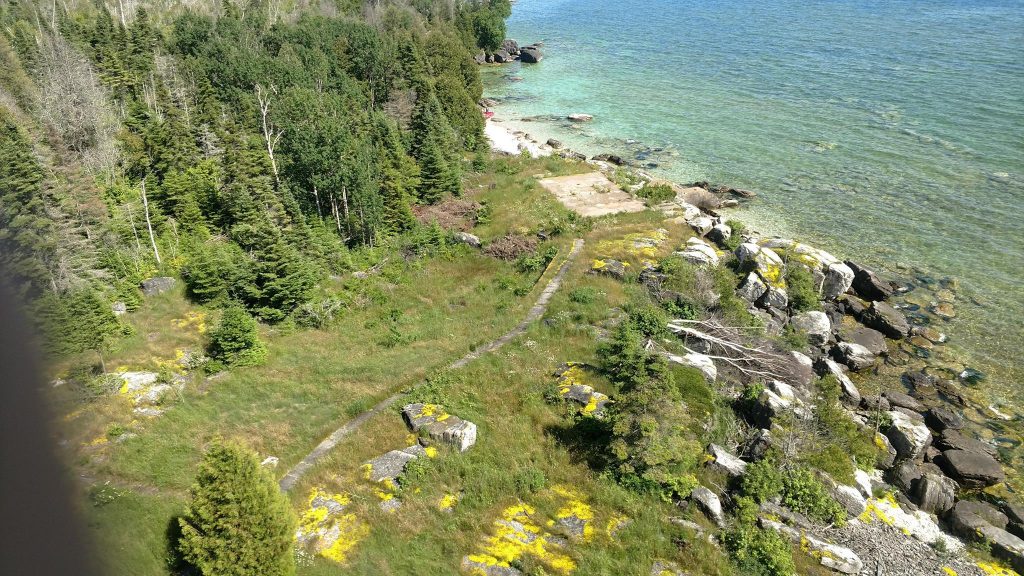
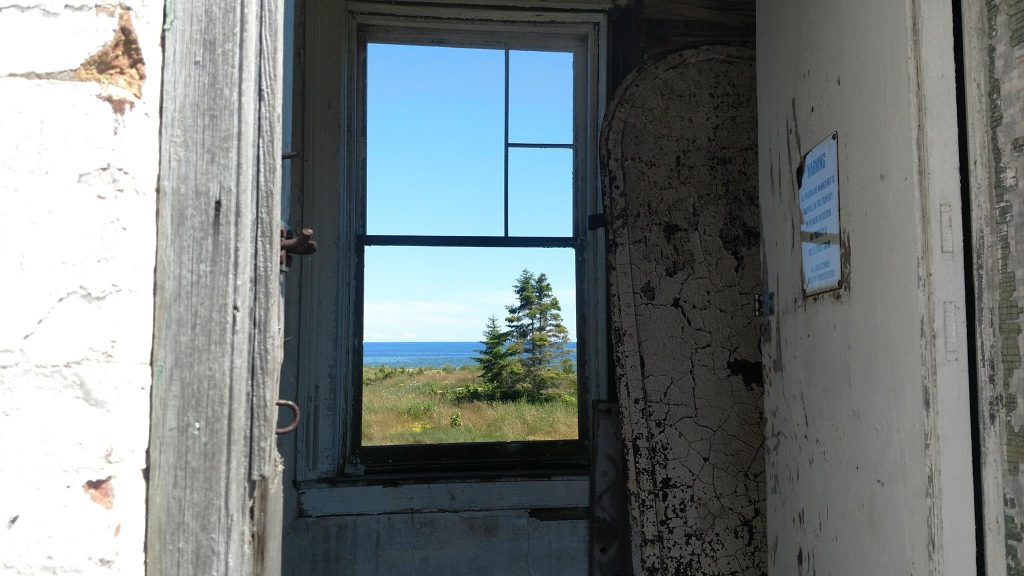
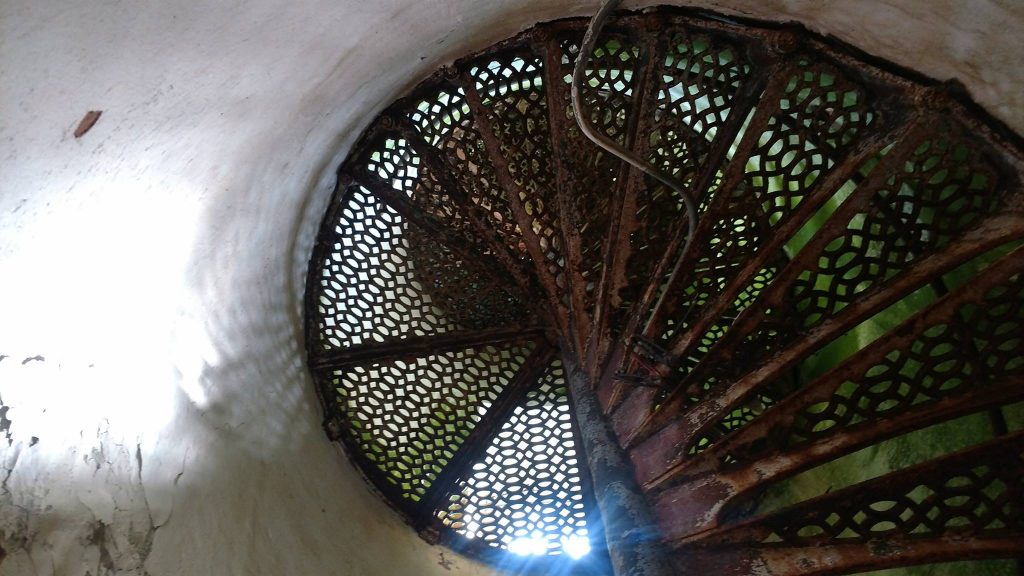
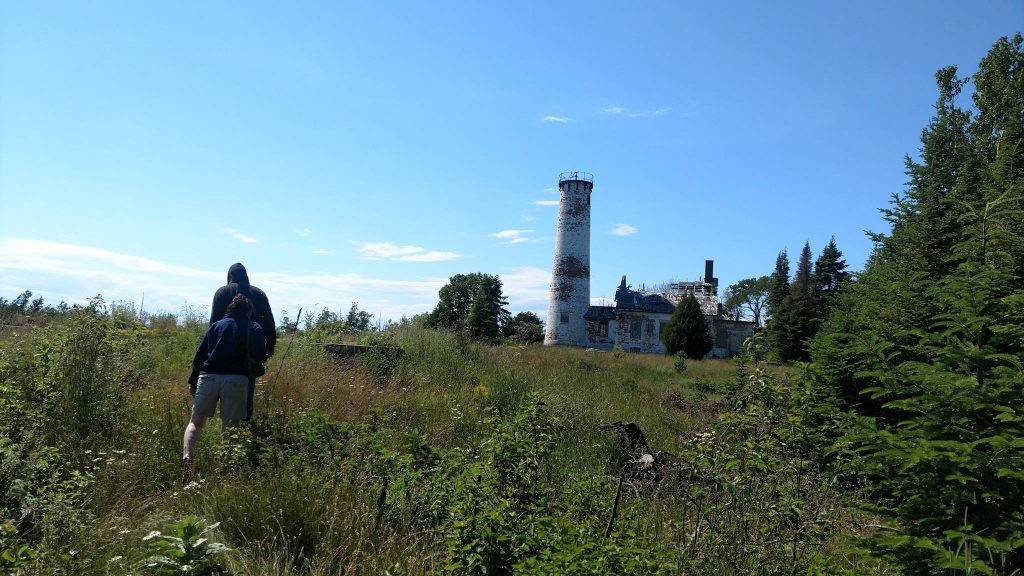
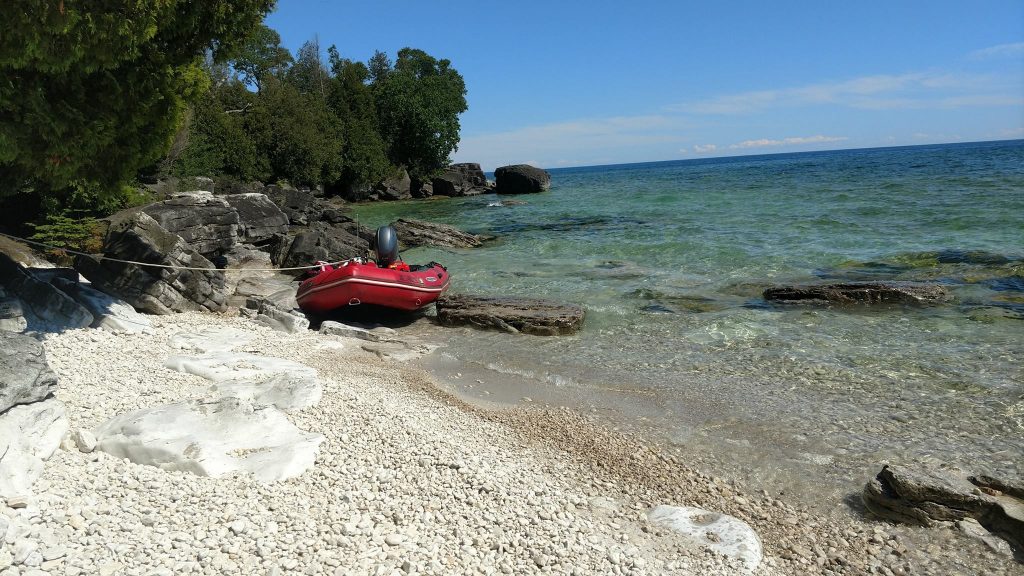
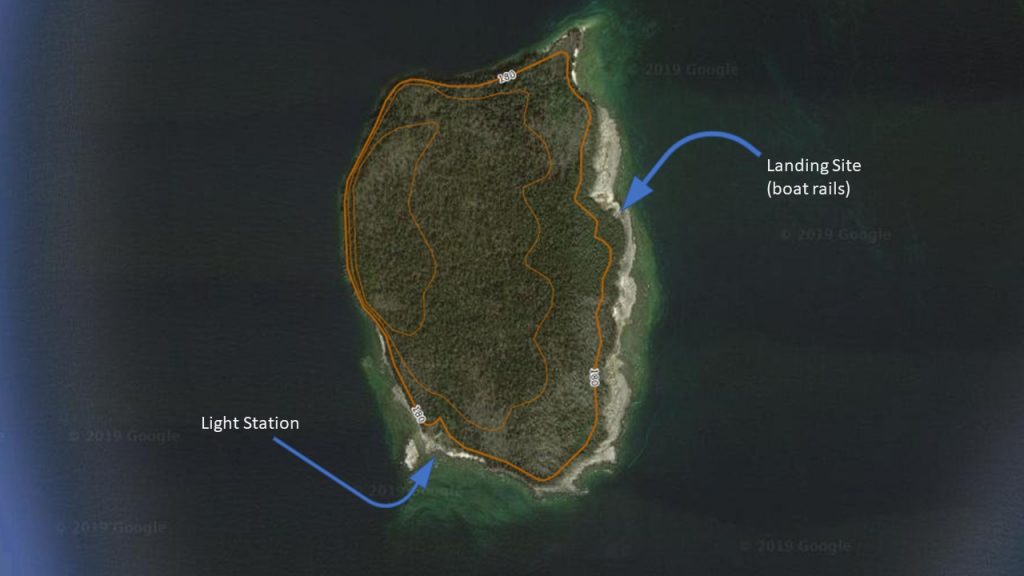
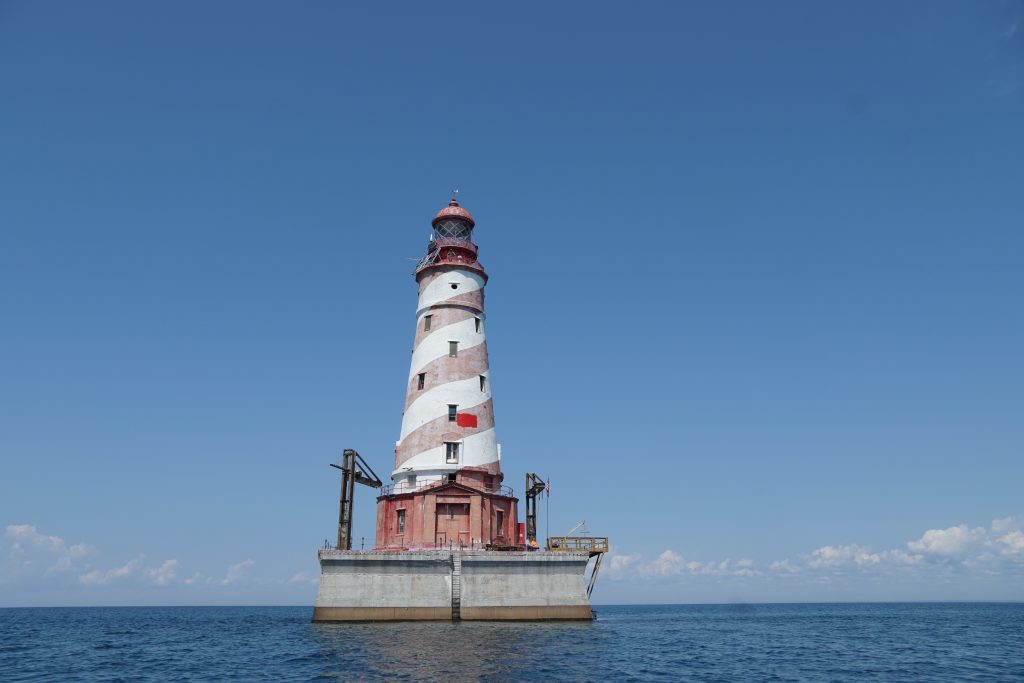
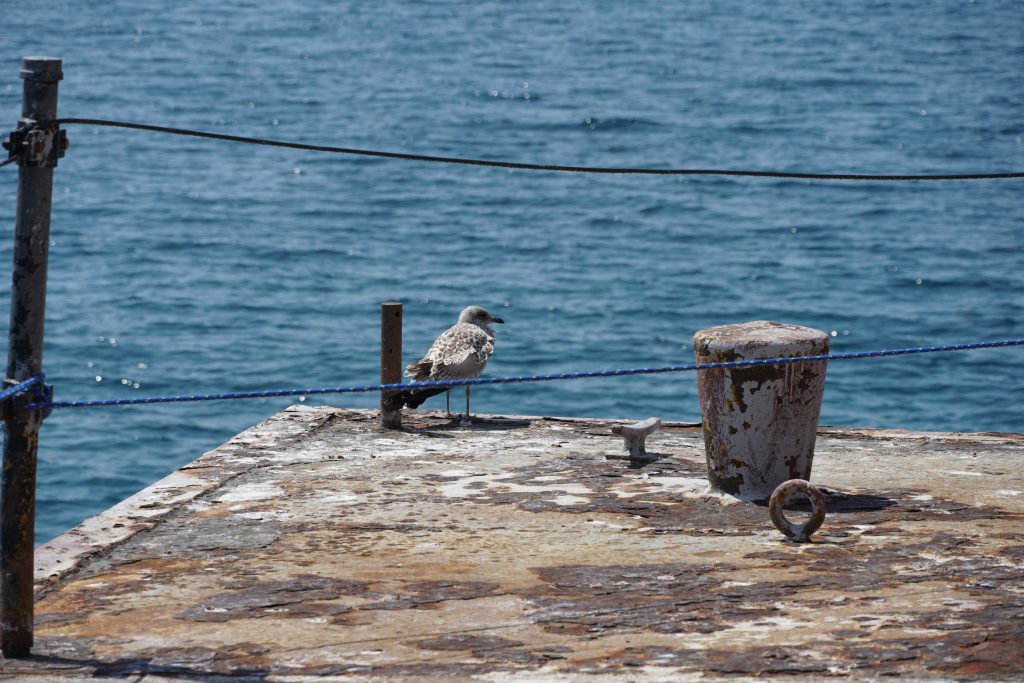
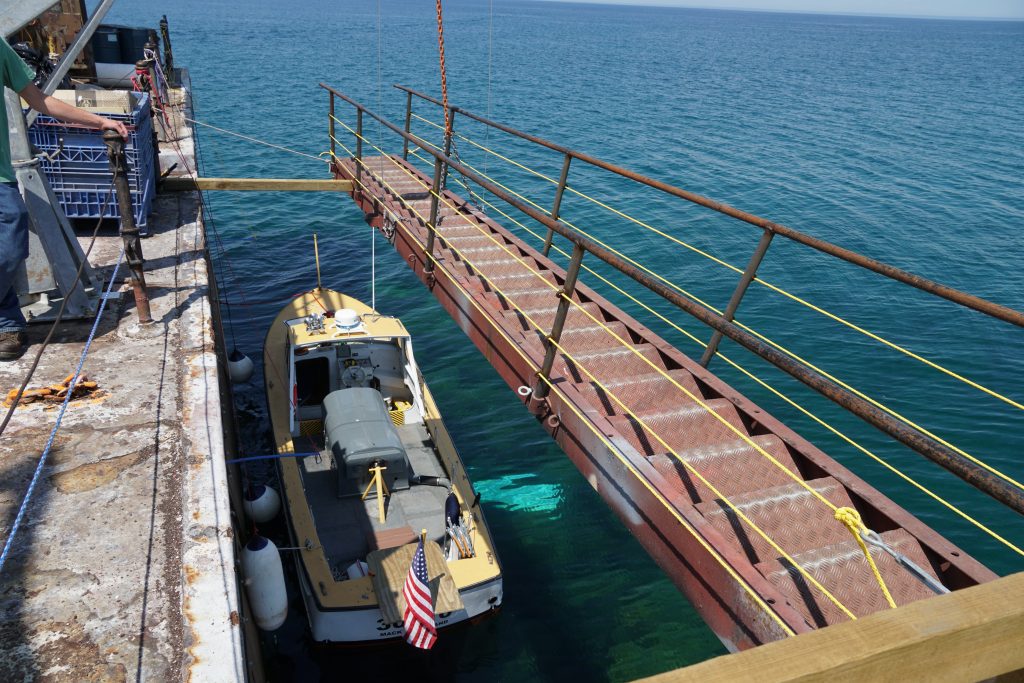
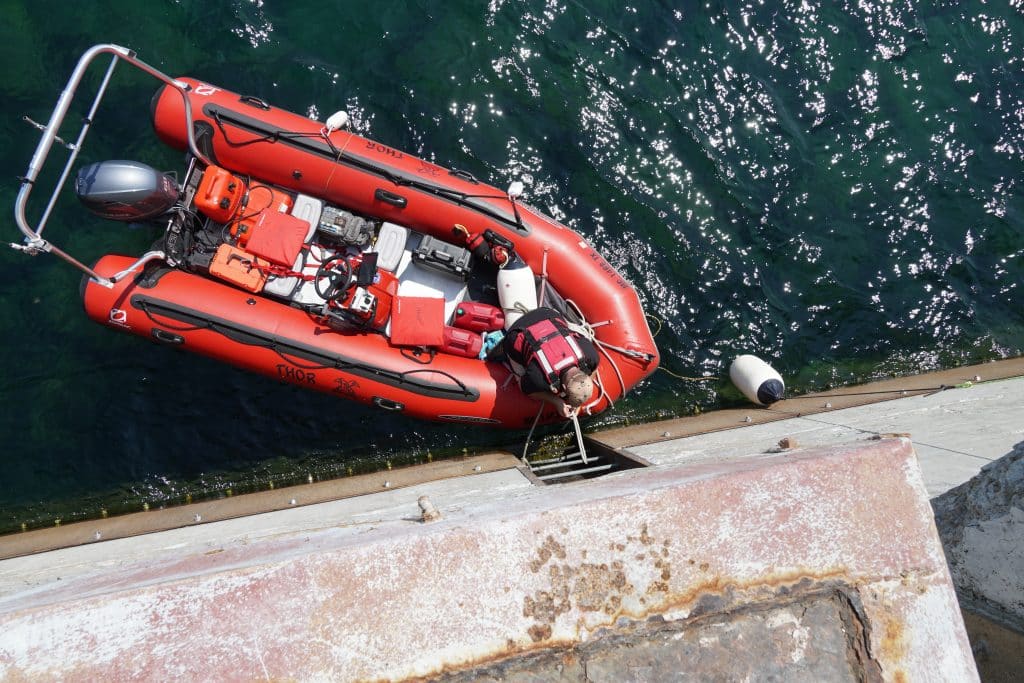
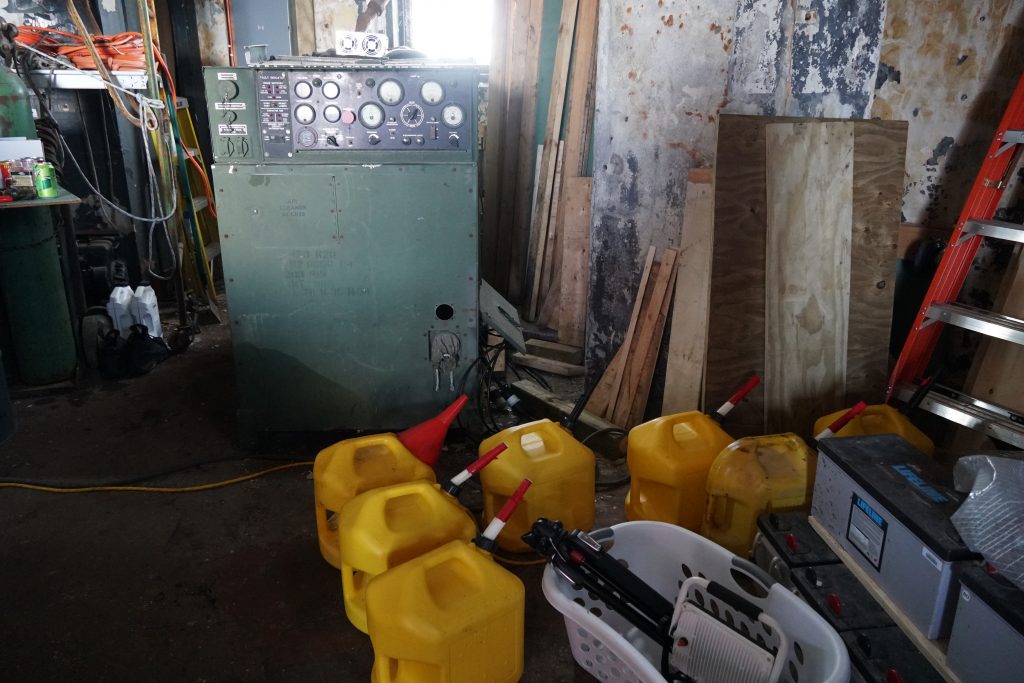
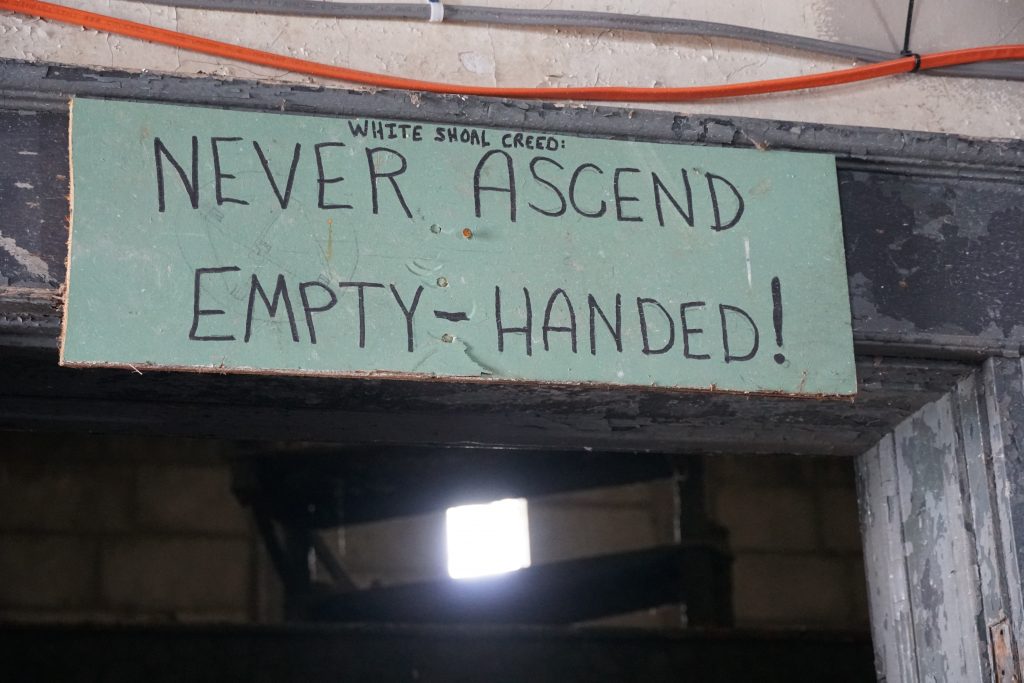
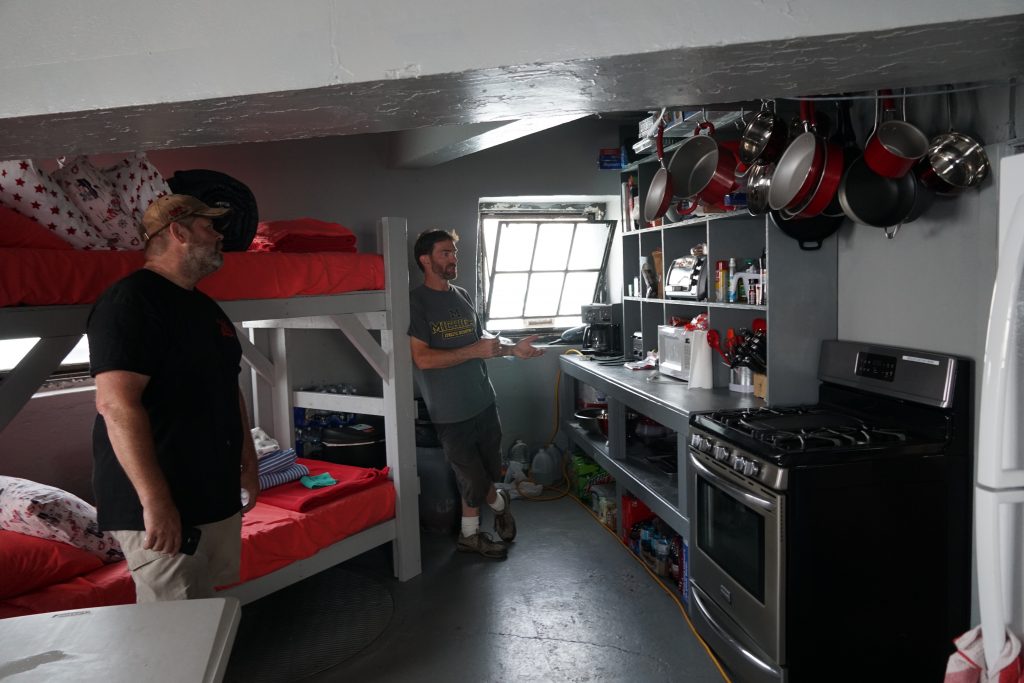

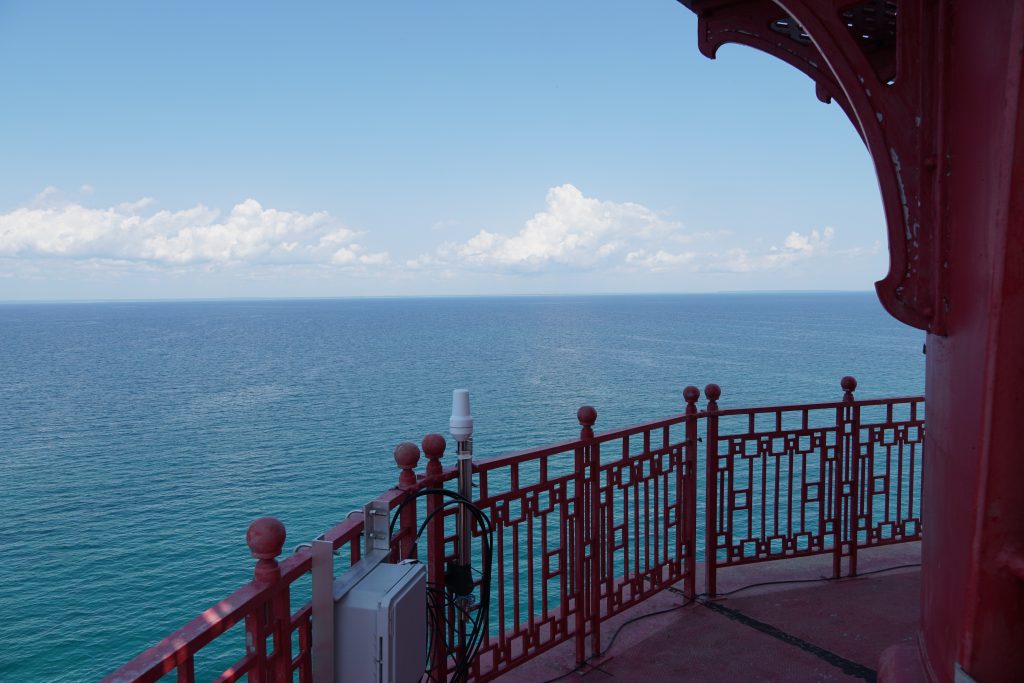
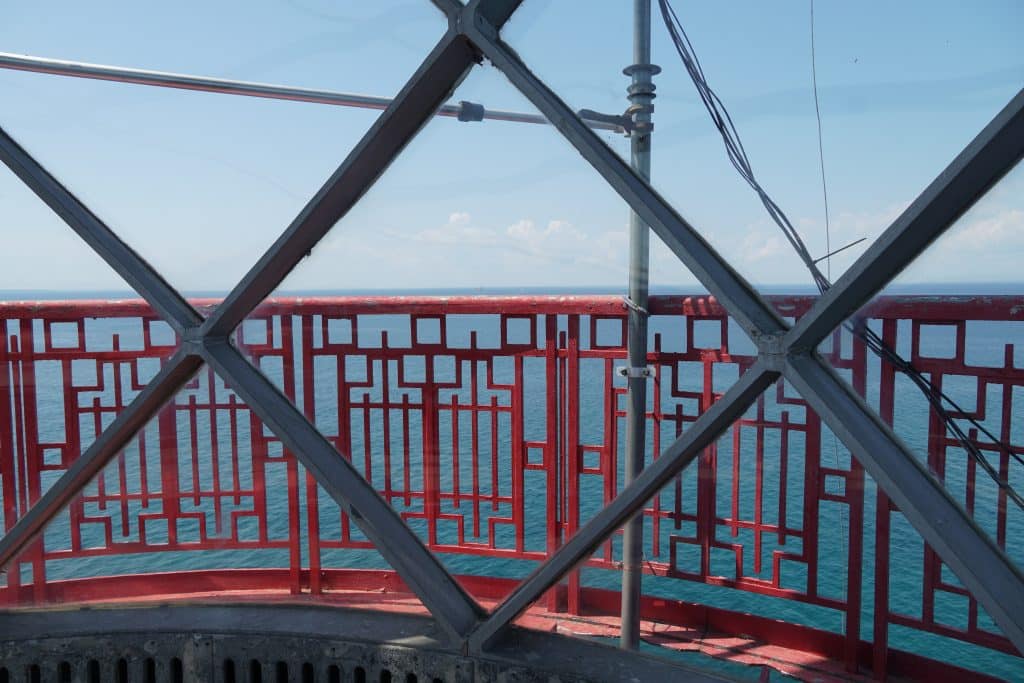
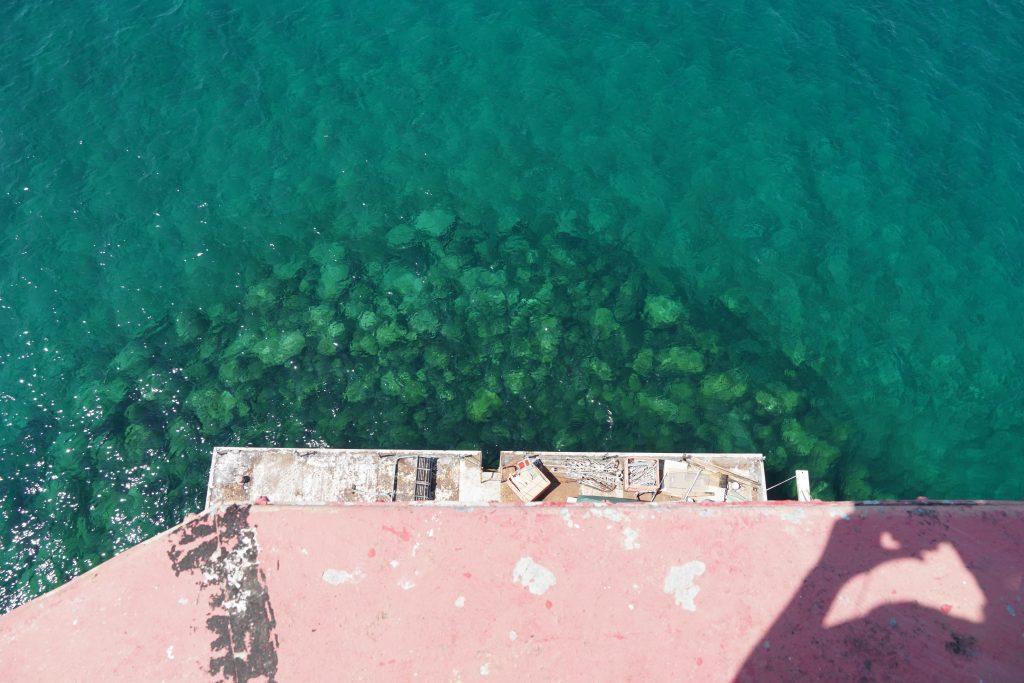
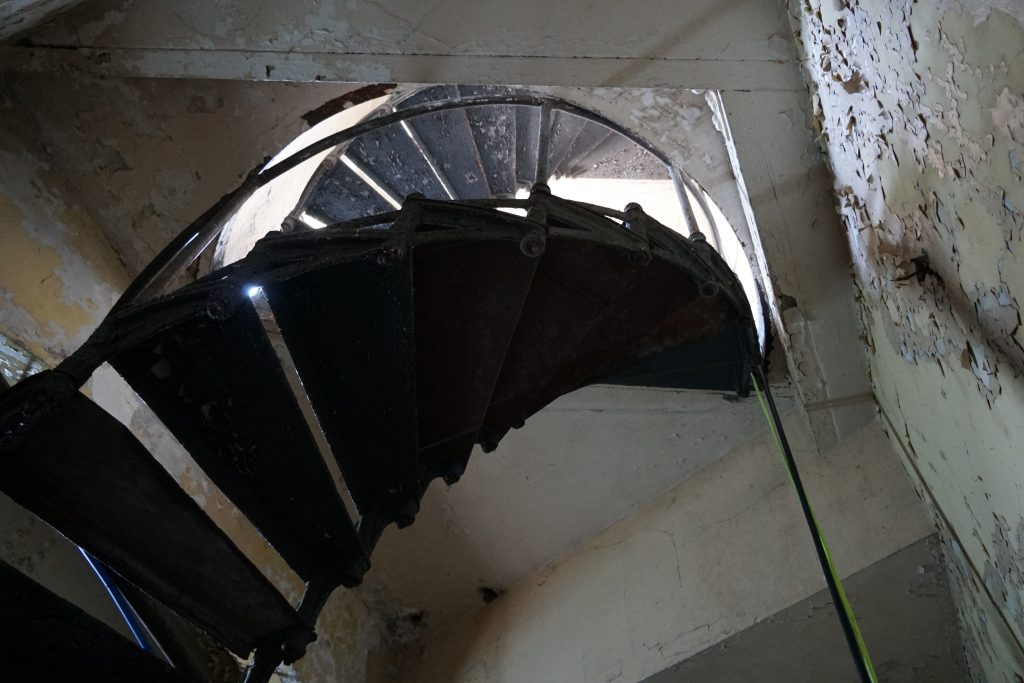
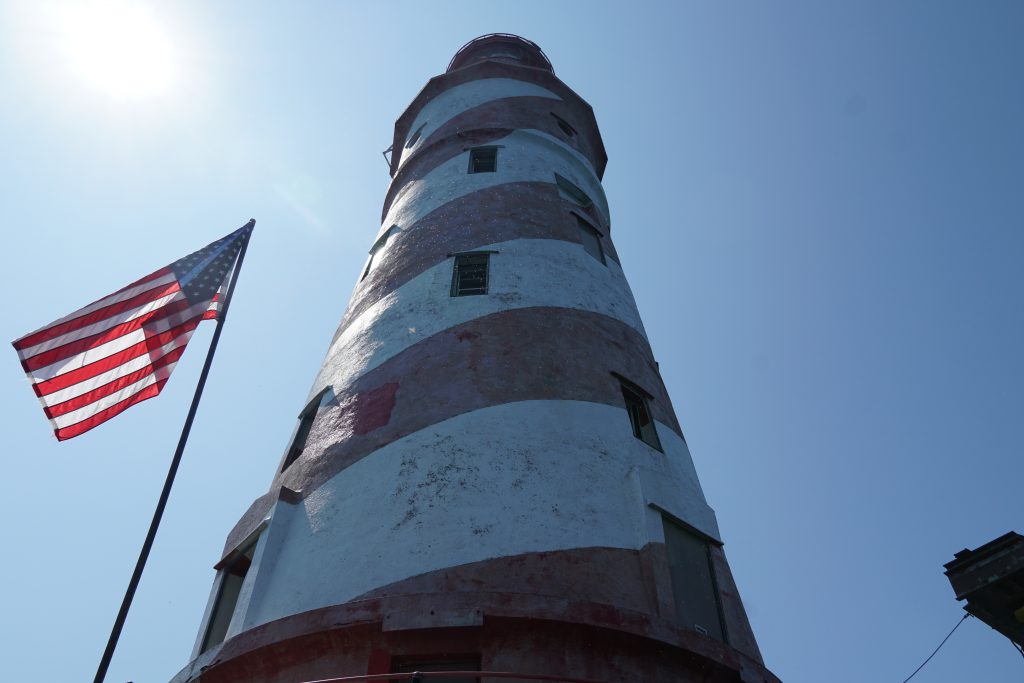
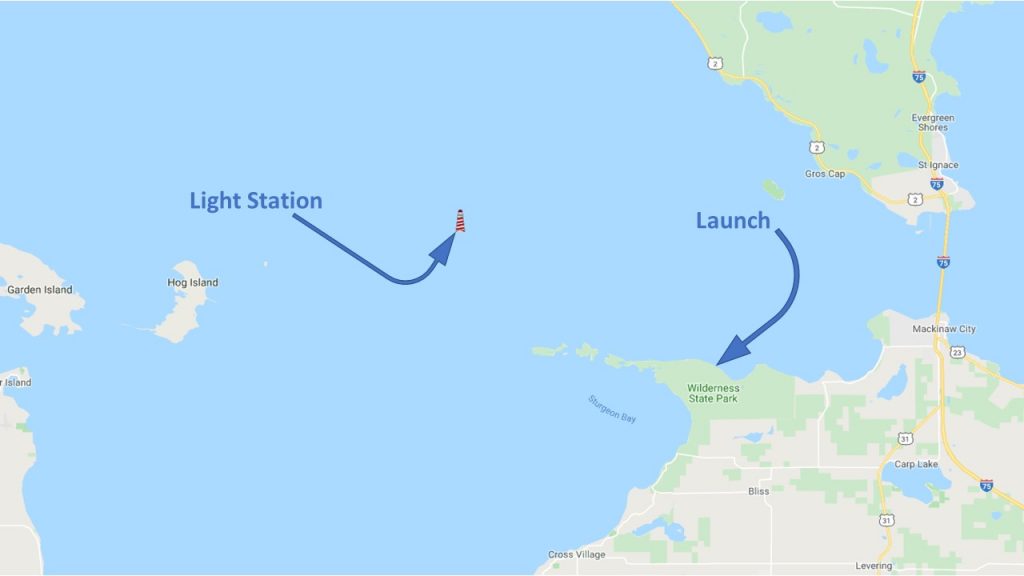

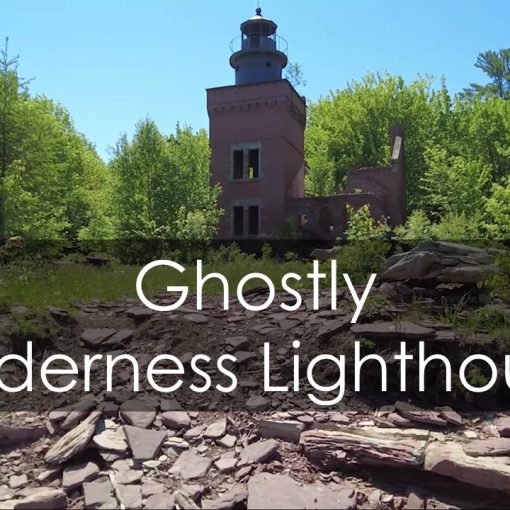



One thought on “”
Wow! These picture are inspiring, and sure put the want of adventure in your mind.